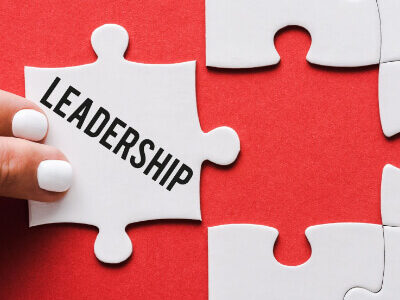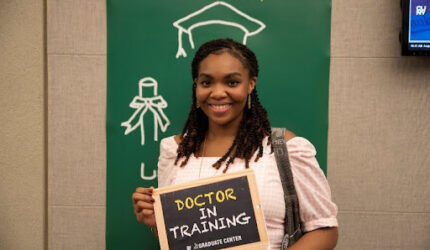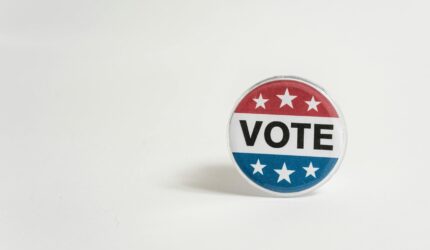
https://hbr.org/2020/04/what-good-leadership-looks-like-during-this-pandemic
What I find most interesting about Kerrissey and Edmondson’s analysis is their assertion that in a time of crisis, the typically-relied-upon acumen of good business goes out the window. True leadership in the face of an ambiguous threat such as the COVID-19 requires “act[ing] in an urgent, honest, and iterative fashion, accepting that mistakes are inevitable and correcting course – not assigning blame – is the way to deal with them when they occur” (p. 2). They point to NBA commissioner Adam Silver and New Zealand Prime Minister Jacinda Ardern’s expedient responses to the pandemic, highlighting how they prioritized the safety, health, and lives of their followers first; owned their mistakes when they were brought to their attention; and proposed solutions that would benefit followers on the periphery – or even completely outside – of their core communities. In other words, an ambiguous threat – particularly a threat to humanity at the scope of a global pandemic – requires that leaders trust their hearts rather than their heads. Revenue be damned; human lives must come first!
I think I find these authors’ analysis interesting because I find neither Silver’s or Ardern’s responses to this pandemic to be particularly counterintuitive. When viewed through the lens of disability inclusion practices, I find these authors’ view on what constitutes good crisis leadership to just simply be good leadership, period. In this field, the four key lessons that Kerrissey and Edmondson have distilled – act with urgency, communicate with transparency, take responsibility and problem solve, and update constantly – are crucial parts of our daily practice. Persons with disabilities are up against external and internal factors that could exacerbate their symptoms at the drop of a hat, and disability-focused practitioners need to have these types of crisis management skills in handy at all times in order to ensure everyone’s safety (in addition to knowledge of disability laws like the ADA, Sections 504 and 508 of the Rehabilitation Act, EEOC compliance standards, emergency management practices, etc.). Perhaps this is because disability inclusion is a service and not a business model; the methods and tactics of service delivery might change, but the protocols and standards required to implement it remains unchanged.
It is my belief that key players in the disability community – whether they be professionals in HR, educational administrators, student advocates, or nonprofit leaders – have exemplified model responses to this pandemic by simply living up to their own professional mandates. Long before this pandemic was ever a factor to consider in our lives, I remember watching a Best Buy video in which the leadership, operational staff, and line workers alike were all interviewed about this multinational electronics corporation’s inclusive employment practices. They talked about negotiating flexible schedules and remote working arrangements to accommodate a medical condition as though it were common courtesy, especially if the employee was effective in their job.
In the face of the pandemic, I saw leaders in my own disability community – those focusing on inclusive employment – adopt a similar approach. I had the privilege of taking an active role in some of this leadership. We knew our clients/recipients/participants were going to be turning to us for immediate answers – persons with disabilities more often than not need a game plan and external support in order to adapt to a change in routine. We, in turn, knew that we needed to organize fast, and organize we did. In my own Disability Services office at Bronx Community College, we adopted all of our services into a virtual format within the first week of the quarantine and with no layoffs. On the CUNY-wide level, CUNY LEADS council launched a series of monthly virtual workshops with the goal of bringing students together with staff so they could have a safe space to ask us questions; these workshops have been attended by anywhere from 60-100 students monthly and have grown in scope to feature panelists from major corporations including Microsoft and Pfizer to discuss disability practices at their companies. Outside of CUNY, disability-inclusive nonprofit organizations such as EPIC Players and the Marlene Meyerson Jewish Community Center of Manhattan have capitalized on the new virtual space by expanding program offerings, heightening (and ultimately exceeding) their fundraising goals, and using social media to widen their recruitment outside the New York tri-state area; most of these organizations have accomplished all of this without laying off any staff. In the corporate space, this October, we saw record-high participation in National Disability Employment Awareness Month across all industries. I have never seen more announcements on LinkedIn for upcoming panels with industry leaders or calls to in Disability Mentoring Days with civil service agencies than I ever have in all my five years working in this field. Perhaps this is because, with the explosion of the new virtual workspace, it will become much easier to accommodate employees with specific needs, which will, in turn, help these organizations fulfill their mandate by Section 503 to employ 7% of their workforce with individuals who identify as having a disability.
In my conversations with my fellow leaders in the space, it has seemed to me that this commitment to continuing services immediately was not born simply out of some gene that makes us kinder or more proactive. It was simply that we could not leave our clients hanging for too long before their mental health would start to be affected. If our services ever needed a chance to prove they have value and integrity in a capitalistic society, following the four tendencies that Kerrisey and Edmondson in the face of uncertainty – steering the course, withholding bad news, doubling down to rationalize bad decisions, downplaying the threat – was not an option for us. We had to be agile, and we had to incorporate emotional factors that – thanks to countless years of research into the symptomology of various disabilities – we knew too much about to argue lack of knowledge in making self-serving choices. It is my hope that in reading this, people in various industries consider the importance of the disability inclusion mindset in addressing any crisis of any level because, in my experience, it works like clockwork.




